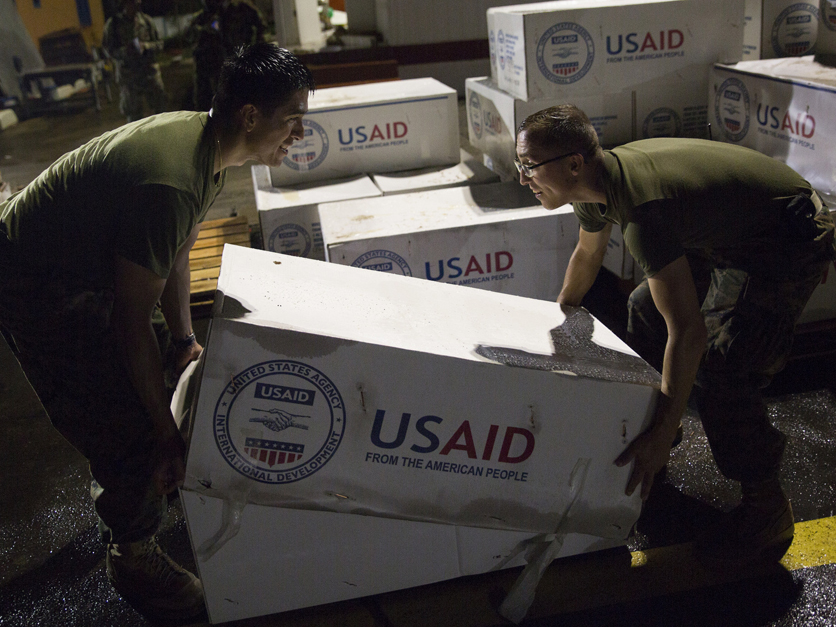The Trump administration will eliminate most of the U.S. Agency for International Development’s workforce before bringing remaining operations under the State Department’s purview, according to an email sent to USAID staff seen by Agri-Pulse, in what some are viewing as an “extinction event” for U.S. foreign aid.
On Friday, Jeremy Lewin, USAID chief operating officer and deputy director and a former official in the Department of Government Efficiency initiative, wrote to all agency staff explaining that the administration would shutter the agency and all but a barebones staff as required by law would see their jobs terminated.
“[T]the Department will seek to retire USAID’s independent operation, consistent with applicable law,” Lewin wrote. Accordingly, “substantially all non-statutory positions at USAID will be eliminated.”
He added that the mass layoffs are “part of a multi-step process for the merger with State.”
Employees, including those managing U.S. food aid through the Food for Peace program, will receive termination dates of either July 1 – the date Lewin says State will assume responsibility for USAID programs – or Sept. 2, when “the Agency’s operations will have been substantially transferred to State or otherwise wound down.”
Following the merger, Lewin says the State Department will embark on a new hiring process to fill positions and ramp up operations.
“In the next three months, we will work closely with the State Department to build their capacities to assume the responsible administration of USAID’s remaining life-saving and strategic aid programming,” Lewin writes.
Lewin concludes by pointing out that employees that do not wish to stay on and help with the agency drawdown are welcome to go on administrative leave.
“We remain committed to ensuring this process is as smooth, respectful, and transparent as possible keeping our mission and people at the forefront,” he writes.
In a statement on Friday, Secretary of State Marco Rubio said that the U.S. is "reorienting our foreign assistance programs to align directly with what is best for the United States and our citizens." He added that the U.S. would continue "essential lifesaving programs and making strategic investments that strengthen our partners and our own country."
A death knell to U.S. foreign aid?
But one former USAID contactor told Agri-Pulse on Friday that they didn't see how the U.S. could continue to effectively carry out those operations once the workforce has been axed. She said the news is being described in aid circles as a death knell to U.S. foreign assistance.
“People are calling it an extinction event for this type of work,” they said. The contractor received their own termination notice in late February and is now looking for new work.
The former contractor argued that it could take the State Department several years to staff up and restore operations because of the lengthy bureaucratic processes involved in hiring foreign aid workers, leaving a multi-year vacuum in international aid operations.
“It took me almost two years to get hired for my job,” they said. This person's spouse, who still works at USAID, also endured a two-year hiring process.
Congress has to approve any new organizational chart for USAID, which can be a lengthy and cumbersome process. If USAID is dissolving all of its staff, the former contractor said, the State Department will also have to start from scratch in building out a new organization.
In a statement on Friday, the State Department said it had notified Congress of its intent to reorganize the agency by July 1, "discontinuing the remaining USAID functions that do not align with Administration priorities."
Hiring for government positions also comes with extensive transparency requirements, including documentation to demonstrate a fair and merit-based selection process.
“It's one thing if they're managing many hiring processes over the course of a year or two, but if they're doing a big push – like all of that, it just takes a really, really long time,” the former USAID contractor said.
For more news, go to Agri-Pulse.com.


